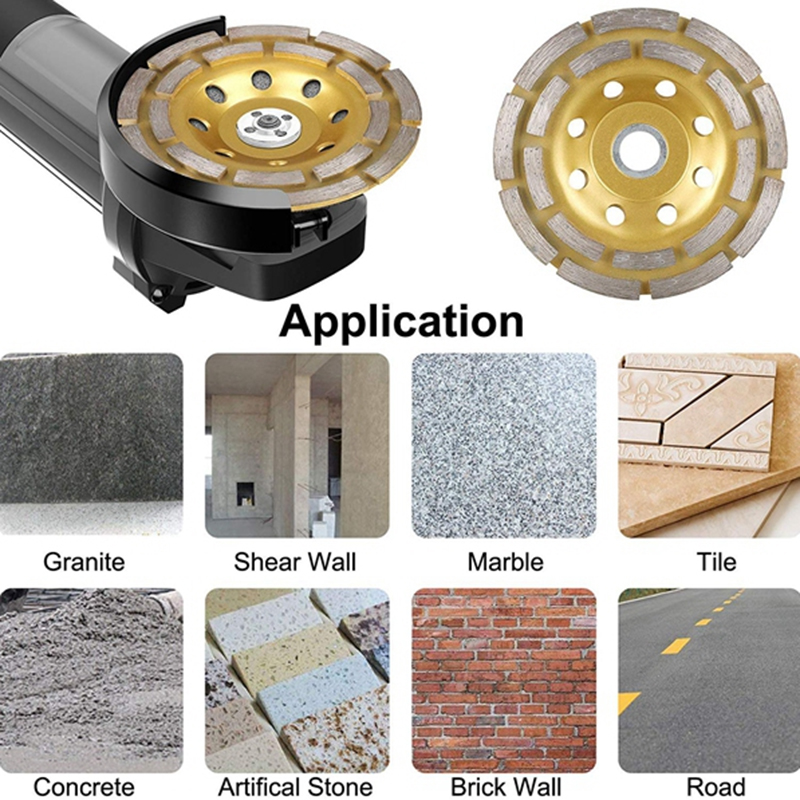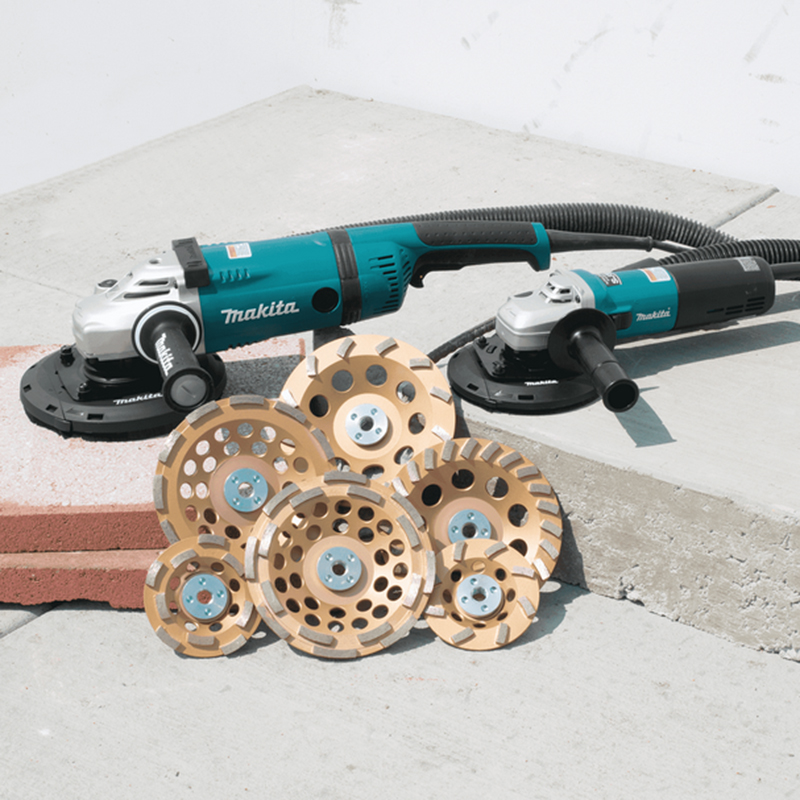These are some of the factors you must put into consideration when selecting diamond cup wheels. These include:
1.Select The Right Category Of Diamond Cup Wheel
The diamond cup wheel comes in variants due to different specifications. Your application will largely influence the category of diamond cup wheel to use. For instance, works involving heavy loads such as concrete and grinding stone will require a diamond wheel cup with a vast diamond segment. On the other hand, smaller diamond segments fit perfectly for lighter works, including glues, paints, epoxy, and all other surface coatings. Therefore, it’s imperative first to determine the nature of the task ahead.
2. Understand The Hardness Of The Material Surfaces
Depending on the toughness of the surface, the diamond cup wheel generally exists in two phases. Phase 1 consists of coarse grinding. In this phase, there is a high propensity for the diamond to become blunt during this phase. It occurs because a diamond cup wheel quickly blunts out when dealing with hard surfaces. Thus, a soft diamond bond with high diamond highness is suitable for the first phase. Also, the diamond grit for this phase should be between 30 and 40. Conversely, the concentration of diamonds in the cup should be minimal. Phase 2 involves fine grinding or polishing. It requires the use of a hard bond due to its superior precision. However, as diamond doesn’t disintegrate easily, a soft diamond will do the job succinctly. Grit between 80 to 120 is ideal at this phase, while the concentration needs to be set high. Regardless of your specifications, you can always talk to Bontai Diamond Tools expert to have custom-made diamond cup wheels of any bonds, grits, and concentration.
4. Check The Grit Size
Every diamond cup wheel comes with a number that showcases its characteristics. It represents the size of the specific abrasive grans that the wheel carries. To determine the grit size, you have to count the number of openings per linear inch. You will find this in the final screen size. Thus, the higher the number, the smaller the openings for grit passage. Coarse grains have numbers such as 10, 16, and 24. Coarse grain indicates that the size of the material the tool removed is large. Grit wheels range between 70, 100 and 180, and useful in making fine grit wheels. Also, they are ideal for fine finishes, tiny contact areas, and useful for materials with high brittleness.
5. Know The Different Diamond Cup Wheel Shapes
Although all diamond cup wheels may look like they are straight when you view the picture, they come in a wide range of shapes. Some have a recessed center that enables them to fit into machines spindle flange assembly. Others include cylinder and dish wheel that also have different shapes. Wheels that have cutting faces on their sides are suitable for grinding the teeth of cutting tools. Also, it’s perfect for surfaces that are hard to reach. Some mounted wheels also come in a cone or plug shapes. They are suitable for off-hand and grinding jobs that require high precision. 
If you still have some questions, it is time to have a talk with us.
Post time: Oct-09-2021
